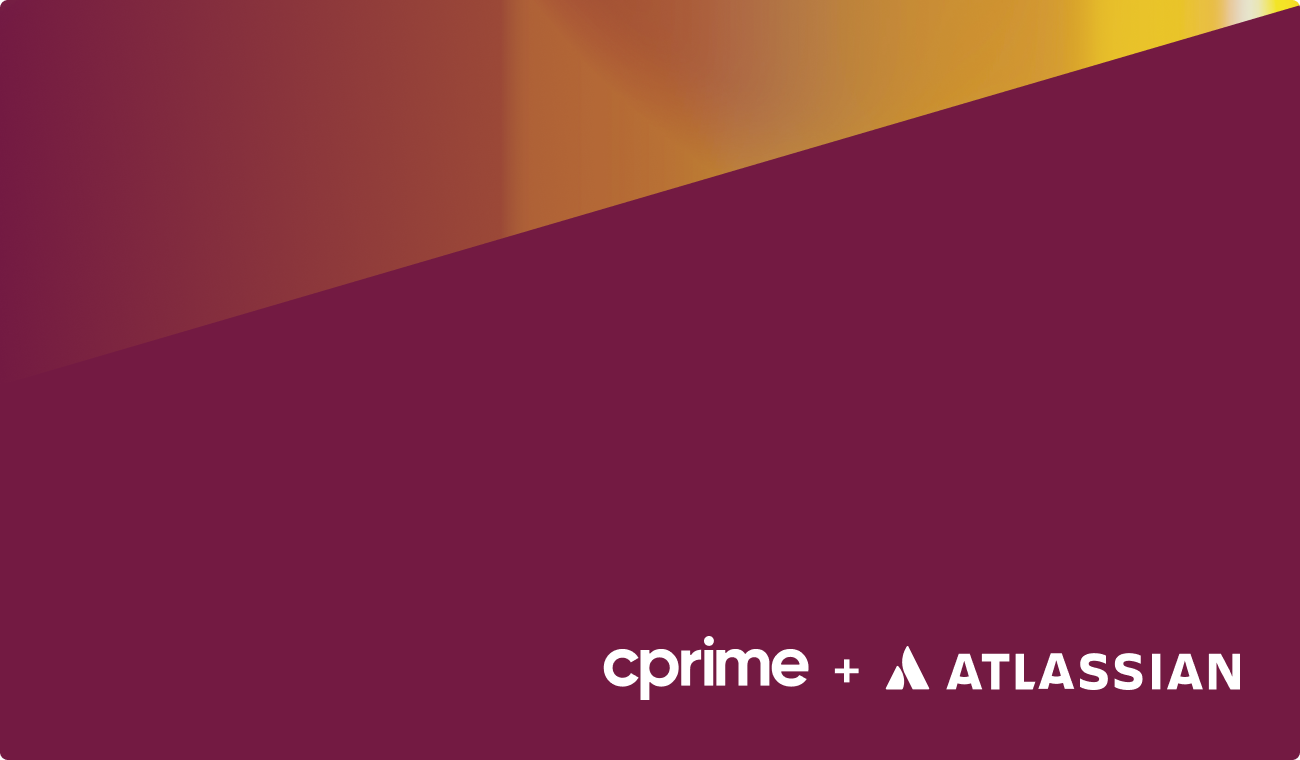
Every enterprise feels the drag of manual onboarding, but nowhere is the impact sharper than in IT and software development. Engineering teams depend on a dense ecosystem of tools, repositories, environments, and security layers that must be ready on day one. When those systems stay disconnected, onboarding slows, productivity stalls, and visibility disappears across HR, IT, and engineering.
This installment in our series builds on the foundational narrative introduced in the HRSM overview. It focuses on how intelligent orchestration accelerates onboarding for technical teams and strengthens the connection between HR and IT.
Technical onboarding requires deeper integration across developer ecosystems. Access must align with engineering roles such as SRE, backend engineer, or platform engineer. Compliance requirements introduce additional complexity. The opportunity is clear: turn onboarding from a manual sequence into an intelligent flow that prepares engineers to build, test, and ship faster.
Why technical onboarding breaks down
Technical onboarding introduces challenges that ripple across HR, IT, and engineering, creating friction before work even begins.
A dense ecosystem of developer tools
Engineering onboarding involves far more than account activation. Developers need immediate access to repositories, CI/CD pipelines, cloud environments, secrets managers, monitoring tools, and container registries. Each system carries unique permission models and compliance requirements. Manual provisioning turns this into a web of dependencies, repeat requests, and approval bottlenecks.
The amplified visibility gap
HR triggers onboarding. IT provisions tools. Engineering managers define role requirements. Yet none of these stakeholders can see onboarding progress in real time. That gap slows sprint planning, blocks code commits, and adds friction to the earliest days of a developer’s experience.
Productivity friction unique to IT and software
When a new engineer waits for access, they lose more than time. They lose context. They lose momentum. They lose the confidence that they can contribute quickly. This friction extends across teams as code reviews stall, dependencies wait, and project timelines stretch.
The fragmentation problem
Fragmentation across tools, teams, and processes slows engineering productivity and weakens operational flow.
Fragmentation across the software delivery lifecycle
A typical engineering environment spans version control, build pipelines, infrastructure provisioning, observability, and deployment systems. Onboarding touches every one of these systems. Without unified orchestration, each step becomes a separate request, a separate approval, and a separate delay.
Fragmented ownership
HR manages identity. IT manages provisioning. Engineering manages tool-level permissions. Security manages compliance. Without orchestration linking these responsibilities, onboarding expands from a workflow into a maze.
Manual work that scales poorly
Manual provisioning introduces repeated steps: environment setup, key registration, permission alignment, testing access, and more. As organizations scale, these steps multiply. Automation becomes essential.
The ideal state: orchestrated onboarding across HR, IT, and engineering
An orchestrated model replaces disconnected tasks with an intelligent, connected flow that accelerates readiness.
- One workflow spanning three functions – Orchestrated onboarding connects HRIS, JSM, and developer tools into one intelligent workflow that activates at the moment of hire.
- Context-aware, role-based provisioning – Role templates define everything a developer needs based on engineering function. When HR updates a role in the HRIS, JSM immediately orchestrates the provisioning sequence.
- Real-time visibility for every stakeholder – HR sees onboarding progress. IT sees provisioning status. Engineering sees when tools are ready so new hires can join sprint work on time.
Cprime’s solution: intelligent orchestration with JSM for engineering workflows
Cprime leverages your Atlassian tool stack to redesign onboarding as an integrated, automated workflow that aligns HR, IT, and engineering from the start.
Unifying HRIS, JSM, and developer tools
Cprime architects a connected onboarding flow that integrates with systems such as GitHub, GitLab, Jenkins, and cloud IAM. These integrations turn access provisioning into a predictable, automated sequence.
Turning JSM into the provisioning command center
JSM becomes the orchestration hub: approvals, provisioning, compliance checks, and communication all move through a single, intelligent workflow. Automation eliminates handoffs and reduces rework.
Accelerating engineering proficiency
Atlassian reports that organizations implementing connected, automated onboarding through JSM see engineers reach full proficiency 34% faster. This acceleration comes from fewer delays, cleaner access patterns, and earlier engagement in active development.
Strengthening security and compliance
Standardized, role-based provisioning ensures engineers receive the appropriate level of access from the start. Every action is logged, auditable, and aligned with internal controls.
Business outcomes for CIOs and CHROs
A unified onboarding model drives measurable impact across productivity, efficiency, and experience.
- Faster time-to-productivity – Connected workflows eliminate multi-day waits and allow developers to contribute to active code and infrastructure work much sooner.
- Greater operational efficiency – IT handles fewer manual tickets. HR avoids status-tracking overhead. Engineering gains immediate clarity on environment readiness.
- Improved developer experience and retention – Developers start contributing earlier and avoid the frustration of stalled onboarding.
- Stronger governance – Orchestrated provisioning ensures every access decision is captured, monitored, and aligned with enterprise security standards.
Why Cprime is uniquely positioned to deliver this
Cprime brings the expertise, accelerators, and alignment needed to rewire onboarding into an intelligent engineering workflow.
Cprime brings two decades of Atlassian expertise, proven accelerators for engineering-centric workflows, and a co-design approach that aligns HR, IT, and engineering around one unified experience. As organizations begin transitioning from digital-native to AI-first operations, orchestrated onboarding serves as a strategic foundation for more intelligent, adaptive engineering workflows.





